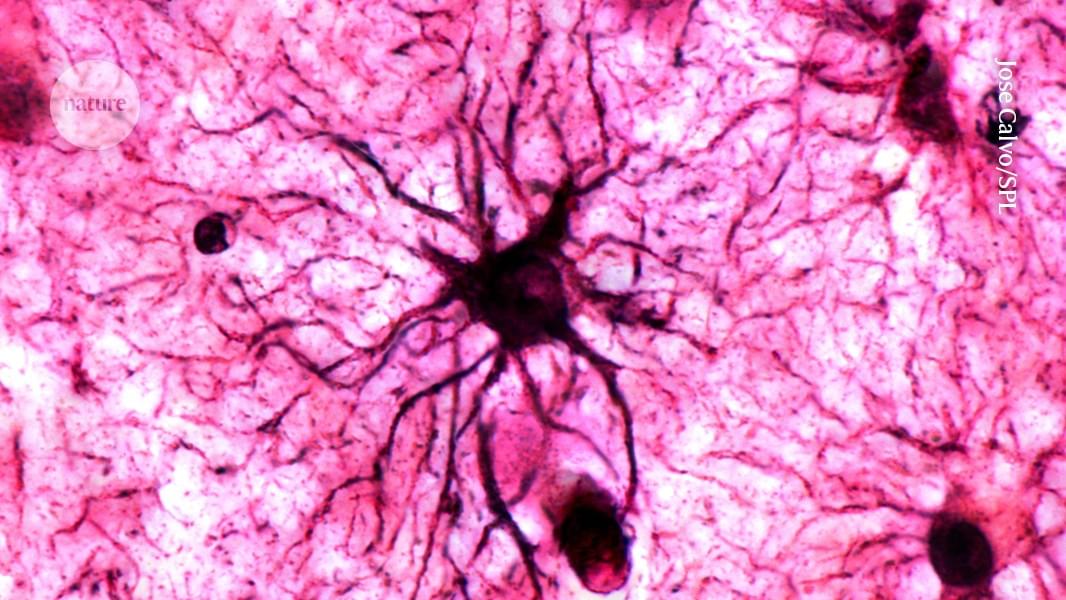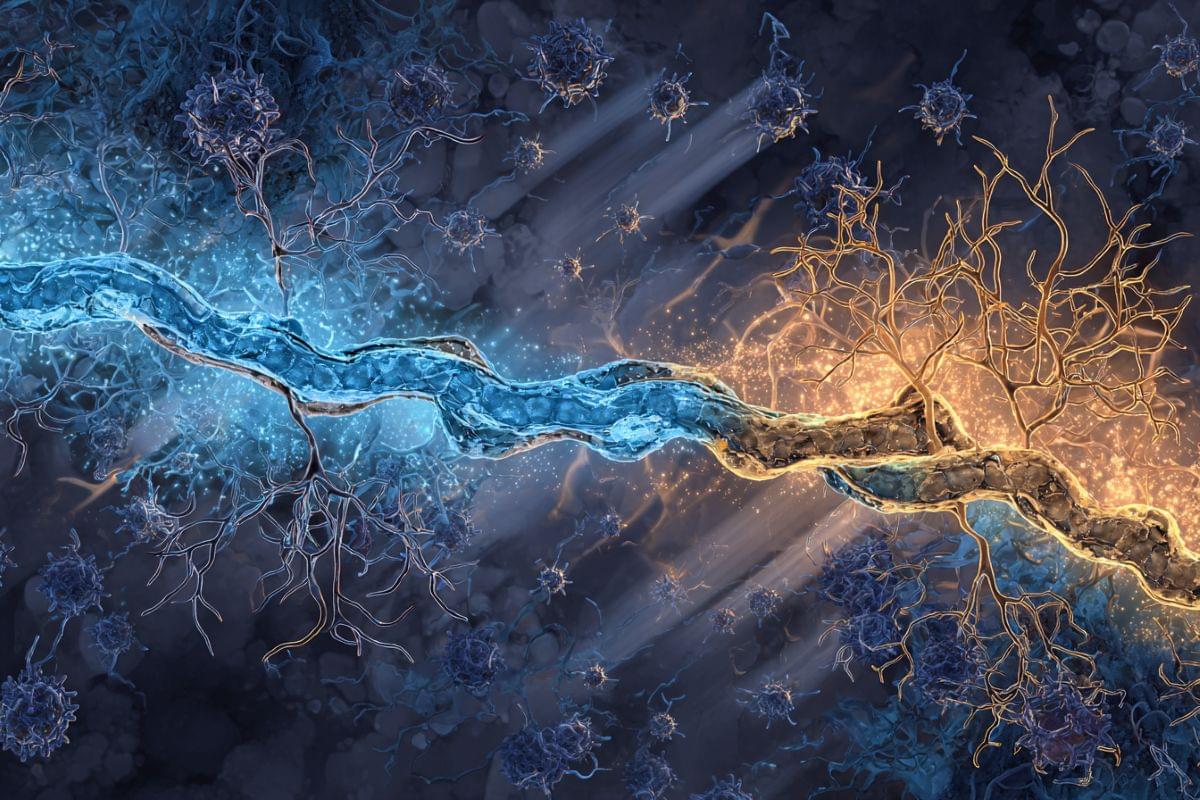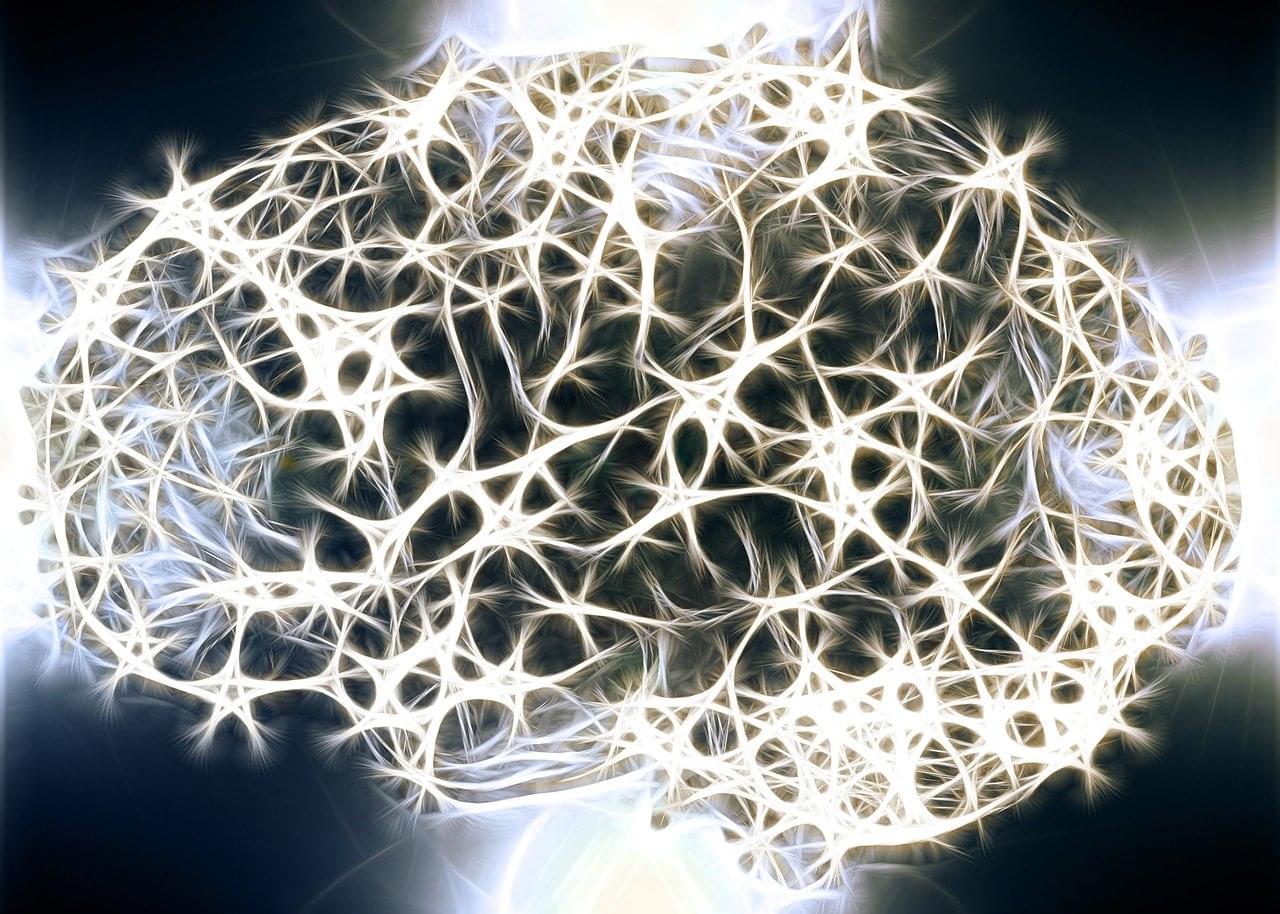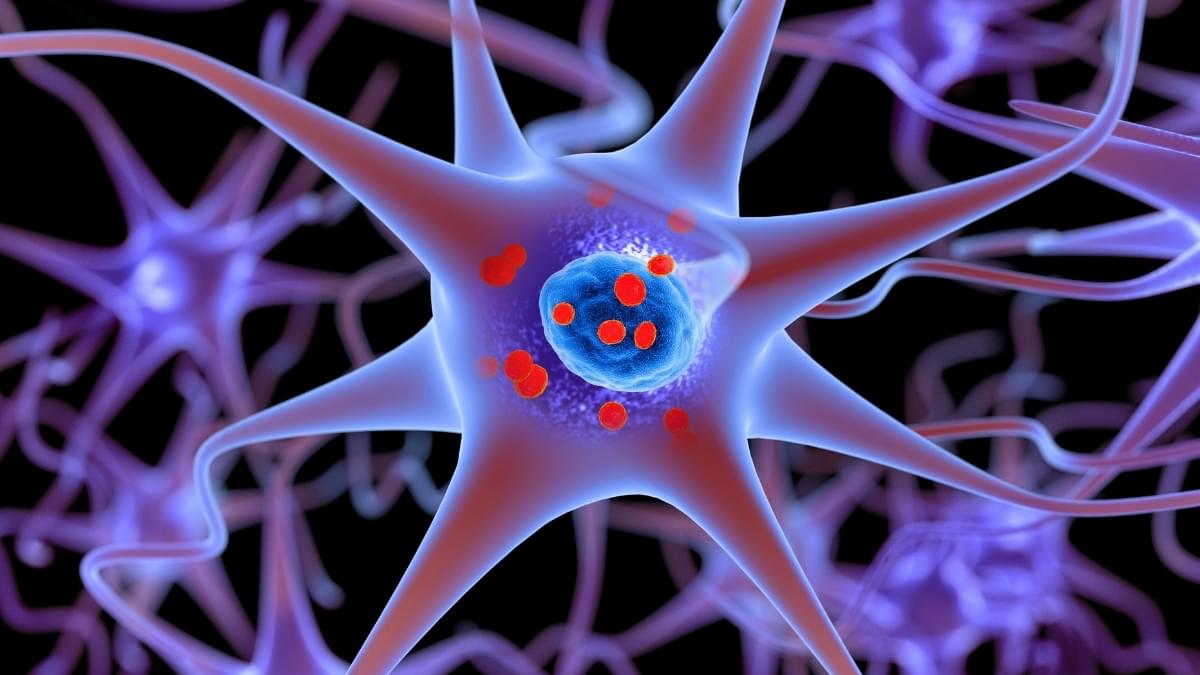Astrocytes have a more active role in stabilizing memories than once thought.




The gang catches up with Emil Kendziorra after the Biostasis 2025 conference at the European Biostasis Foundation. Watch it on YouTube here. Topics covered include:
• How to get a Tomorrow Bio ambulance in your hometown.
• Tomorrow Bio’s plan to collect brain samples to check ultra-structure preservation in its cryonics patients — and how it will respond to what it finds.
• What’s new and what’s next for Tomorrow Bio.
• Our near death experiences.
Links:
• Cryosphere Discord Server: / discord.
• Cryonics Subreddit: / cryonics.

As Parkinson’s disease progresses, harmful protein clumps build up in the brain, blocking communications between neurons and killing them off – but what if we could prevent these clusters from forming?
Researchers led by a team from the University of Bath in the UK have achieved just that in a basic worm model of Parkinson’s. They engineered a peptide, a small amino acid chain, to essentially keep a protein called alpha-synuclein locked in its healthy shape. This prevented the misfolding that leads to clumps.
The potential treatment checks several important boxes: it’s durable, and it can survive inside cells without causing any toxic side effects.
What if the universe is a machine, and every moment in our past, present, and future is already encoded in the positions of its particles?
Physicist Sean Carroll explores the unsettling implications of classical mechanics, from Newton’s laws to Laplace’s thought experiment, showing how determinism challenges the very idea of free will.

A new 3D human brain tissue platform developed by MIT researchers is the first to integrate all major brain cell types, including neurons, glial cells and the vasculature into a single culture. Grown from individual donors’ induced pluripotent stem cells, these models—dubbed Multicellular Integrated Brains (miBrains)—replicate key features and functions of human brain tissue, are readily customizable through gene editing, and can be produced in quantities that support large-scale research.
Although each unit is smaller than a dime, miBrains may be worth a great deal to researchers and drug developers who need more complex living lab models to better understand brain biology and treat diseases.
“The miBrain is the only in vitro system that contains all six major cell types that are present in the human brain,” said Li-Huei Tsai, Picower Professor, director of The Picower Professor of Learning and Memory, and senior author of the study describing miBrains, published in the Proceedings of the National Academy of Sciences.

Networks are systems comprised of two or more connected devices, biological organisms or other components, which typically share information with each other. Understanding how information moves between these connected components, also known as nodes, could help to advance research focusing on numerous topics, ranging from artificial intelligence (AI) to neuroscience.
To measure the directional flow of information in systems, scientists typically rely on a mathematical construct known as transfer entropy, which essentially quantifies the rate at which information is transmitted from one node to another. Yet most strategies for calculating transfer entropy developed so far rely on approximations, which significantly limits their accuracy and reliability.
Researchers at AMOLF, a fundamental physics institute in the Netherlands, recently developed a computational algorithm that can precisely quantify transfer entropy in a wide range of complex networks. Their algorithm, introduced in a paper published in Physical Review Letters, opens new exciting possibilities for the study of information transfer in both biological and engineered networks.

Inside a lab in the picturesque Swiss town of Vevey, a scientist gives tiny clumps of human brain cells the nutrient-rich fluid they need to stay alive.
It is vital these mini-brains remain healthy, because they are serving as rudimentary computer processors—and, unlike your laptop, once they die, they cannot be rebooted.
This new field of research, called biocomputing or “wetware,” aims to harness the evolutionarily honed yet still mysterious computing power of the human brain.

When we are engaged in a task, our brain’s auditory system changes how it works. One of the main auditory centers of the brain, the auditory cortex, is filled with neural activity that is not sound-driven—rather, this activity times the task, each neuron ticking at a different moment during task performance.
Researchers at Hebrew University have discovered how this happens. The study published in Science Advances, led by Prof. Israel Nelken from the Edmond and Lily Safra Center for Brain Sciences (ELSC) and the Institute of Life Sciences, is based on the Ph.D. research of Ana Polterovich, with contributions from Alex Kazakov, Maciej M. Jankowski, and Johannes Niediek.
They found that when we are engaged in the task, neurons in the brain’s auditory cortex show large bursts of activity that aren’t caused directly by sounds. Instead, these “ticks” are tied to specific moments in a task, suggesting that the auditory cortex is deeply in sync with behavior.